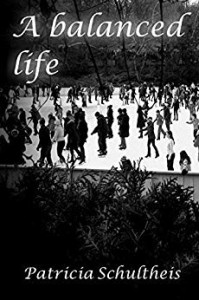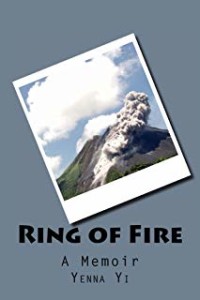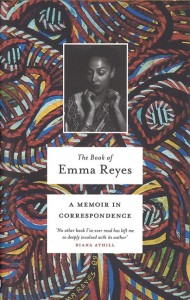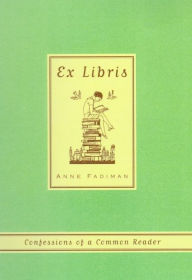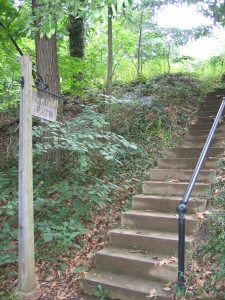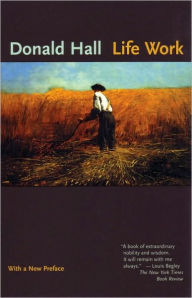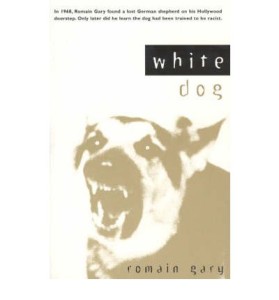As so often happens with books that have been hyped to the moon and back, I was underwhelmed by this memoir of growing up in a dysfunctional family. Dysfunction comes in many guises. Here, it takes the form of a survivalist family in Idaho, Mormons so distrustful of the government that they hole up on their rural property, stockpiling food and guns for the expected “end times” and refusing medical help when injured.
It is Gene, a pseudonym for Westover’s father, whose paranoia drives this withdrawal from the world, taking the three older children out of school and not allowing the other four, of whom Tara is the youngest, to attend at all or even to have their births registered. Their mother is an obedient drone, who towards the end of the book finally begins to express other opinions when Gene isn’t looking, only to recant in his presence.
The thrust of the book is Westover emerging from her isolated and physically dangerous childhood, using education as her way out, getting all the way to a PhD from Cambridge. However, her journey away costs her not only her home but her family, who shun the worldly person she has become. Of course, by that time I couldn’t help but be baffled by how she kept going back to her appalling family, trying to make peace with them.
The overwhelming popularity of the book seems to be driven by the titillating details of their survivalist life. Having known some survivalists, I found that aspect of Westover’s family not as remarkable as the violence perpetrated by Gene and one of the older boys. The people I knew may have mistrusted the government but didn’t resort to machine guns and a cannon; they didn’t force their children into labor so unsafe they nearly lost limbs or their lives.
The descriptions of the injuries the children and Gene sustain, and treat only with herbal remedies—or, in the case of tonsillitis, sunlight—are so terrible that my suspension of disbelief wavered. I want to believe that Westover is telling the truth, and indeed she uses occasional footnotes with alternate versions of some incidents provided by others, yet it is had to believe that they could have survived such injuries without medical care.
I also struggled to accept that a girl who had never been schooled (at home or elsewhere), never read anything but the Bible, the Book of Mormon, and a child’s picture book on science could teach herself enough during one winter to score sufficiently high to win a place at Brigham Young University—and then do well in all her courses.
Also, some things didn’t quite add up to the portrait of Gene as a survivalist. When Westover is trying to get financial aid, she uses her parents’ tax returns. Gene won’t let his children go to school, but pays his taxes? Also, while the younger children are forced to work in Gene’s scrapyard at home, Gene himself goes out building barns and the older boys work as truckers and other jobs out in the world. They have drivers’ licenses then. It seems obvious to me that Gene is not so much a paranoid survivalist as a power-hungry bully, a narcissist who sees his wife and children as peons under his iron control.
My patience was tried by Westover’s continued attempts to reconcile with the family who had shunned her and by her continued expression of love for the father who had inflicted so much damage on those he should have protected. As a friend of mine who endured an abusive childhood said, “Some parents don’t deserve to be forgiven. Just because they had you doesn’t mean you have to keep them in your life.” Yet even in the final pages Westover still seems to feel guilty about the breach between her and her family, especially her father, as though it were her fault.
While the prose flows smoothly, I never felt Westover emerge as a person in this book. From a distance I see her being tortured physically and emotionally. I see her sudden leap into extraordinary achievements. But that’s all. One of my book clubs agreed that they now knew what happened to her but didn’t feel that they knew her. They said that the descriptions of the shocking injuries and abuse were the most powerful and memorable parts of the book. That’s a shame. I’d hate to think that the book’s popularity is due to its gruesome descriptions of young people being hurt. I wish the excitement and joy of learning could have outshone the torture.
Have you read this hugely popular book? All three of my book clubs read it this year. What did you think of it?

